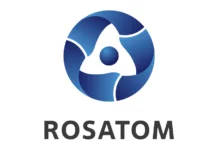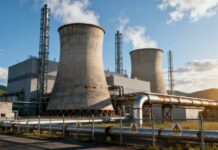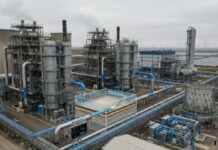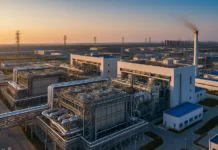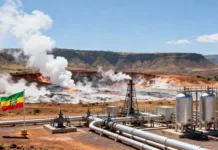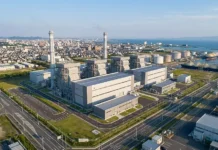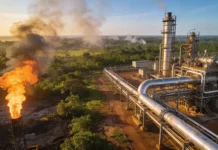There’s an old saying in Washington that when everyone is upset, you’ve probably done something right.
By that measure, the Environmental Protection Agency’s (EPA’s) latest update to the National Ambient Air Quality Standards (NAAQS) for ozone, which cut the previous limit of 75 ppb to 70 ppb on Oct. 1, was a home run.
The National Association of Manufacturers (NAM) called it “burdensome, costly and misguided.” The Sierra Club called it “a missed opportunity to clean up our air.” Power, manufacturing, and petroleum industry groups complained loudly while also expressing relief that the limit wasn’t lowered further. Environmental and public health organizations from the Natural Resources Defense Council to the NAACP to the American Lung Association (ALA) bemoaned what they saw as the timidity of the move while expressing mild thanks that it was lowered at all.
In October, five state governments and several private companies separately filed suits to block the new NAAQS, while the House Committee on Science, Space and Technology held a hearing on Oct. 22 in which witnesses and GOP representatives denounced the new rule as unworkable and unnecessary. Rep. Jim Bridenstine (R-Okla.) said, “States must be given a chance to comply with the existing standard before being imposed another onerous set of standards that are not achievable.” Several bills have been introduced in Congress to block implementation of the new rule.
Almost no one had anything meaningfully positive to say.
A Distasteful Brew
So what’s all the fuss about? On the face of it, a 5 ppb change may not seem significant, but in fact it is likely to have some substantial impacts. That’s because the change moves a big chunk of the country from attainment under the old standard to nonattainment under the new one.
Ozone, an allotrope of oxygen composed of three oxygen atoms, is a compound that forms through chemical reactions involving sunlight and a variety of precursors. Those precursors include an array of volatile organic compounds, nitrogen oxides (NOx), and other substances that are emitted from power plants, motor vehicles, and industrial processes.
Currently, around 100 million people in the U.S. live in areas that are in nonattainment for the old 75 ppb standard. At the state level, 27 are in nonattainment, including the District of Columbia. Critics suggest that the new standards could put the majority of the U.S. population in nonattainment areas: 358 counties nationwide would currently be in nonattainment under a 70 ppb standard.
The attainment status of a region matters because of what it means for sources of pollution like power plants. A new source of pollution that is proposed for an area in nonattainment must obtain a nonattainment new source review permit based on its lowest achievable emission rate. In addition, a new source must arrange for or purchase offsetting emissions reductions. This is a substantially more difficult process than what is required for new projects applying within attainment areas, which is essentially showing that the plant will not cause the area to exceed the standard.
























